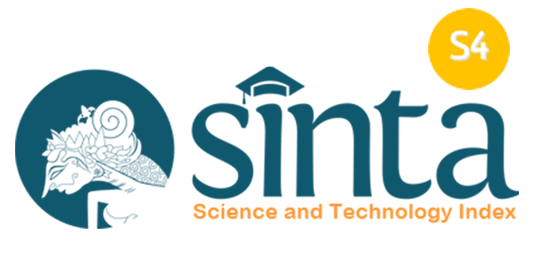GEOTECHNICAL MONITORING OF SLOPE STABILITY IN OPEN-PIT MINING AT PT. SEMEN INDONESIA (PERSERO), TBK TUBAN PLANT
DOI:
https://doi.org/10.12962/j27745449.v4i2.1018Keywords:
Slope stability, quarry method, geotechnical monitoringAbstract
PT Solusi Bangun Indonesia Tbk is one of of the companies engaged in the building materials solutions industry in Indonesia, with an annual cement production capacity of 14,8 million tons and operates four plant namely in Lhoknga, Narogong, Cilacap, and one of them is located in Tuban, East Java precisely in Mekarwang, Tambakboyo, Tuban, East Java. The mining operation can proceed if it fulfils the requirements of the Work Plan and Budget (RKAB) in accordance with the Minister of Energy and Mineral Resources Decree No. 1806 K/30/MEM/2018. The mine planning is important aspect in planning mine design as the production objective. mine planning is the most crucial aspect in the mine design planning as a reference to achieve production targets. The raw material targets production in 2024 for clay is 2 million tons and the calculated tonnage obtained is 1.95 million tons. The opening of a new area is carried out in two blocks, namely E3 and D3, which are divided into three sections of new open-pit mining. To provide practical, fast, and efficient mapping, mapping is carried out using UAV (Unmanned Aerial Vehicle) which produces topographic and orthophoto maps. To understand the relationship of slope stress-strain, slope stability is identified using a geotechnical study with the simplified bishop method. The results show that the north-south cut has a safety factor of 1.882, while the east-west cut has a safety factor of 1.845 and categorized as safe because it complies with the Minister of Energy and Mineral Resources Decree No. 1827 K30 MEM 2018, which states that a Safety Factor (FS) value is >1.5. From this research, the researcher hopes for improvements in the quality of aerial photo data to produce accurate and optimal slope stability results.







